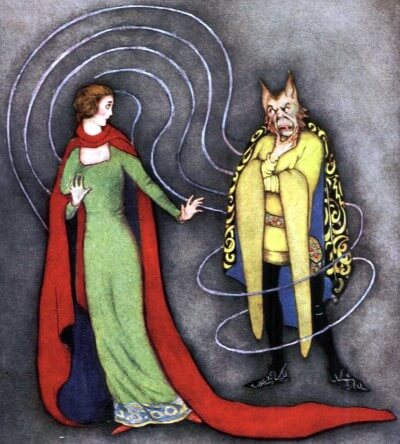Some Indo-European tales might be up to 6000 years old

Dr. Jamie Terhrani, Senior Lecturer at the Department of Anthology, believes versions of Rumpelstiltskin, Beauty and the Beast and Jack and the Beanstalk have been told to children since before the majority of European languages ever existed.
Dr. Tehrani said: "It is difficult to put precise dates on such things, but we’re looking in the region of 4,000 to 6,000 years old."
Dr. Sara Graça da Silva, Postdoctoral Researcher at the Institute for Studies of Traditional Literature, Faculty of Human and Social Sciences, and Dr. Tehrani, studied 275 Indo-European fairy tales. They wanted to determine whether closely-related communities were more likely to share them than distantly-related ones.
Do Portuguese and Romanian communities, which both speak Romance languages, share more fairy tales than Romanian and Ukrainian communities. Romania and Ukraine are neighbours, but Ukrainian is an East Slavic language. This allowed them to filter out fairy tales that make their way to neighbouring towns – through trade or migration – from those that came from the root language of related modern languages. Of the 275 folktales they studied, seventy-six came from a common ancestral language. They then mapped those tales on a family tree of Indo-European languages to see how far back they could trace them. They applied techniques used by biologists to reconstruct the evolution of genetically-inherited features – known as comparative phylogenetic methods.
One of the oldest tales that is still told to children today is The Smith and the Devil. A blacksmith called Joseph sells his soul to the devil or an evil spirit, and in return is given the power to weld materials together. He then uses his new superpower to weld the evil spirit to a tree, and says he will only free it if he gets his soul back. According to Dr. Tehrani, The Smith and the Devil can be traced by to the Bronze Age ancestral languages of the Indo-European family of languages.
Similar tales to this one are for example German "Faust" or Polish "Pan Twardowski".
Reference: “Comparative phylogenetic analyses uncover the ancient roots of Indo-European folktales,” Jamshid J. Tehrani and Sara Graça da Silva. Royal Society Open Science. 14 January 2016.DOI: 10.1098/rsos.150645.
